
How to Care for Sheep. During his term from 1913 to 1921, President Woodrow Wilson kept sheep to trim the White House lawn. Years after Wilson's cost-cutting measure, 83,134 farms with an inventory of sheep were counted across the nation by the 2007 Department of Agriculture census. The majority of these sheep farms raise fewer than 100 sheep, according to the census.
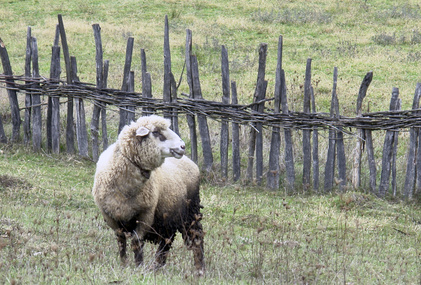
Take it easy on sheep. An important concept to keep in mind with taking care of sheep is their docile nature. Because they don't react when ordered around, owners may unknowingly be too rough on the creatures. Signs of stress in sheep include panting, poor reproductive performance, high lamb mortality, teeth grinding, poor quality of fleece and poor growth rate.
Keep predators at bay. Sheep lack self-defense abilities, so it is important to keep predators such as coyotes, dogs, foxes and eagles out of range. Electrical fences and guard animals can help reduce the likelihood of sheep dying through lethal attacks or stress from predators.
Pick a sheltered facility conveniently located on a ranch or farm to limit the time sheep spend being transported. Corrals should allow free movement and be devoid of sharp objects that may harm sheep. To improve drainage, a 1/8- to 1/4-inch slope for the corral floor would be ideal. Barn layouts should allow easy movement for activities such as lambing and pens to house lambs at various stages of life.
Avoid the spread of disease by purchasing sheep from a reputable source and quarantine new sheep for three weeks if possible to weed out illness. Consult veterinarians, farm advisors and sheep producers to develop the best preventive medicine program.
Feed sheep properly to keep them alert, moving freely and donning even fleece. Sheep eat a wide variety of plants, including alfalfa hay, feed with animal byproducts, crop aftermath from grains, vegetable crops or alfalfa and irrigated pasture. Though their protein needs are low, animal byproducts may provide a sufficient amount. Sheep that graze will find adequate nutrition. For animals fed in a manger, space should be given and portions should be controlled to avoid overfeeding.
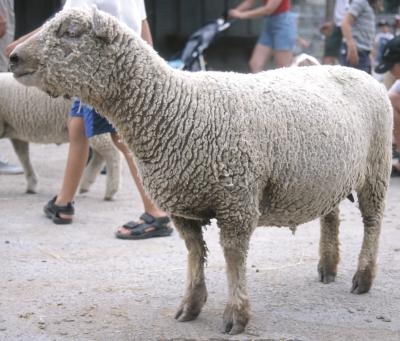 How to Design a Petting Zoo
How to Design a Petting Zoo
How to Des
How to Design a Petting Zoo
How to Design a Petting Zoo
How to Des
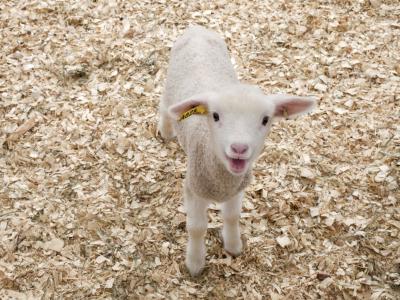 How to Install Blades in an Oster Clipmaster
How to Install Blades in an Oster Clipmaster
How to Install Blades in an Oster Clipmaster
How to Install Blades in an Oster Clipmaster
 How to Entertain a Border Collie
How to Entertain a Border Collie
How t
How to Entertain a Border Collie
How to Entertain a Border Collie
How t
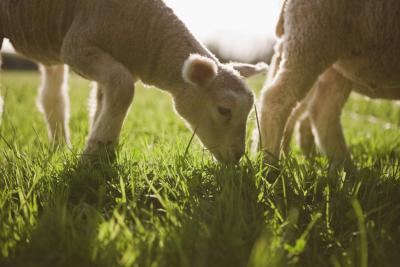 How to Make Sheep Feed
How to Make Sheep Feed
How to Make She
How to Make Sheep Feed
How to Make Sheep Feed
How to Make She
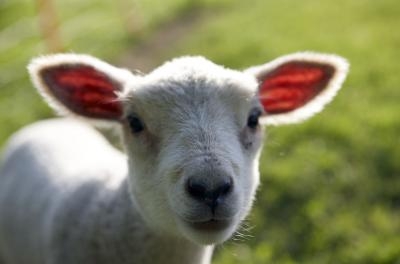 How Much Should I Be Bottle Feeding a Lamb?
How Much Should I Be Bottle Feeding a Lamb?
How Much Should I Be Bottle Feeding a Lamb?
How Much Should I Be Bottle Feeding a Lamb?
Copyright © 2005-2016 Pet Information All Rights Reserved
Contact us: www162date@outlook.com